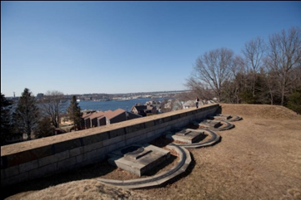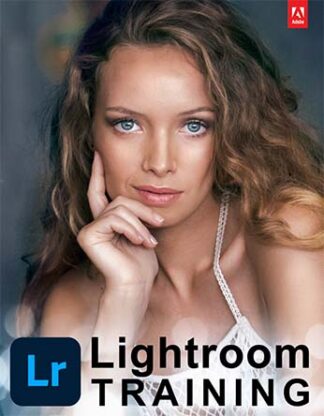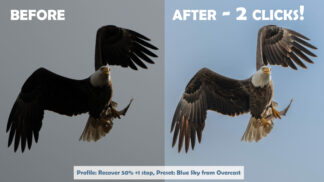Telephoto lenses have a narrow field of view, allowing light from a very small area in front of you to the sensor and blocking all other light. Wide-angle lenses focus light from a much broader area. Wide-angle lenses have short focal lengths, and telephoto lenses have longer focal lengths. When photographers talk about focal lengths, they always measure them in millimeters (mm), and they usually discuss them in full-frame 35 mm equivalents—even if the sensor isn’t 35mm-sized. If you have a compact camera, divide the 35mm focal length by 1.6 (for Canon) or 1.5 (for Nikon). The table below shows common full-frame 35mm focal lengths, their equivalents on APS-C cameras, and how you might use them. Most lenses are zoom lenses, which cover a range of focal lengths. If a lens doesn’t zoom, it’s called a prime or fixed focal-length lens.
| Full-Frame Focal Length | APS-C Focal Length | Typical Usage |
| 8mm | 5mm | Fish-eye views that distort the world around you. |
| 16mm | 11mm | Super wide-angle views for photographing nearby large objects, such as buildings in narrow streets. |
| 24mm | 16mm | A wide-angle view good for photographing groups of people indoors. |
| 35mm | 23mm | A moderately wide-angle view good for landscape photography or photographing a single person indoors. |
| 50mm | 33mm | Called the “normal” lens, the field of view is roughly equivalent to how the human eye sees. |
| 85mm | 56mm | A good focal length for photographing individuals outdoors, where you might stand farther from the person. |
| 120mm | 80mm | A moderate telephoto view good for portrait work, photographing children and pets at play, and photojournalism. |
| 200mm | 133mm | A telephoto view for headshots and close-range sports such as basketball. |
| 400mm | 266mm | A super telephoto view good for larger animals, such as deer or bear. 400mm is perfect for zoos and sports with larger fields, such as football. |
| 800mm+ | 586mm | An extreme telephoto view used for birding, long-range sports, and spying on celebrities. |
The descriptions in the table give a general idea of common uses for different focal lengths, but you can always move closer to or farther from a subject, allowing a wide-angle lens to be used for wildlife, or a telephoto lens to be used for landscape work. There’s nothing to stop you from taking a picture of a bear with a 50mm lens, except, perhaps, the bear—you’d have to be about four feet away to fill the frame. Tip: Big telephoto lenses are expensive. If you see a cheap telephoto lens with a focal length of more than 400mm (250mm on a compact camera), it’s probably a mirror lens. Mirror lenses are cheap for a reason: quality is low, there’s no autofocus, and light blurred in the background (known as bokeh) takes on some really weird shapes. To give you a sense for different focal lengths, the following sequence of pictures covers a range of 17mm to 400mm with a full-frame camera (11mm to 266mm on an APS-C camera).
17mm full-frame, 11mm APS-C, 8mm Micro Four-Thirds

24mm full-frame, 16mm APS-C, 12mm Micro Four-Thirds

50mm full-frame, 33mm APS-C, 25mm Micro Four-Thirds

100mm full-frame, 67mm APS-C, 50mm Micro Four-Thirds

200mm full-frame, 133mm APS-C, 100mm Micro Four-Thirds

400mm full-frame, 267mm APS-C, 200mm Micro Four-Thirds





